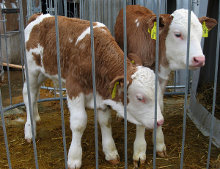 In a fascinating article by anthropologist Lizzy van Leeuwen in De Groene Amsterdammer last month, she describes how farmers’ association LTO, together with the Dutch government, has set up a system for detecting and dealing with early warning signs of the mistreatment of farm animals.
In a fascinating article by anthropologist Lizzy van Leeuwen in De Groene Amsterdammer last month, she describes how farmers’ association LTO, together with the Dutch government, has set up a system for detecting and dealing with early warning signs of the mistreatment of farm animals.
A database kept by Vetrouwensloket Welzijn Landbouwhuisdieren (the confidential office for the well-being of farm animals) tracks symptoms such as excess deaths and diseases, hurt and crippled animals, parasites, poor development of young animals, and so on.
Nobody could object to such a system, but the database also registers information about the farmers themselves based on the idea that unhappy farmers make unhappy farm animals. This information includes attendance at meetings and the number of friendships a farmer maintains. Do farmers stop answering their phones and do their relationships fail? It is all registered.
If the signals reach a certain danger level, a team is sent to the farmers in question to try and help them get back on track. Magazine Veeteelt ran a headline in 2010 that aptly describes the duality of this approach: “Animal neglect can happen to anyone. [This system] prevents a negative image of the industry.”
The result is that some farmers—the loners, the ‘known’ problem cases—are pushed into extreme transparency through a finely mazed network of ‘reporters’ or ‘snitches’, depending on who you talk to. These are often the ‘erfbetreders’, a Dutch word I did not know until yesterday meaning ‘those who walk onto the farmyard’—the people who have to be on the farm for business and who rat out the farmer on the side.
Van Leeuwen’s four page article goes into incredible detail on how farmers are viewed by the general public. She hypothesizes that the Dutch have lost contact with farming world. Between 1947 and 1990 the percentage of people working in agriculture dropped from 20% to 4%. The general public are now in the habit of seeing farmers through isolated incidents, such as the 2011 tragedy in which a farmer from Brummen, Gelderland killed about 100 cows with a tractor and then killed himself. Van Leeuwen speaks of “a trend of viewing farmers as professional animal abusers”.
The result is that farmers have not just become an out-group, but in order to close the ranks they have decided to nip rare and extreme cases of animal abuse in the bud by creating their own out-group of lonely and eccentric farmers. Ironically, this does not seem to apply to factory farming, a practice to which pretty much everybody turns a blind eye.
Van Leeuwen’s article, “De weg van alle vlees—dierverwaarlozing op de boerderij“, is available on the web (in Dutch), but unfortunately behind a pay wall.
 An OESO study has discovered that the Netherlands bucks the trend of the rich getting richer at the expense of those paying for the crisis.
An OESO study has discovered that the Netherlands bucks the trend of the rich getting richer at the expense of those paying for the crisis. 
 As promised last week I have posted my photos of the Rietveld graduation exhibition to
As promised last week I have posted my photos of the Rietveld graduation exhibition to 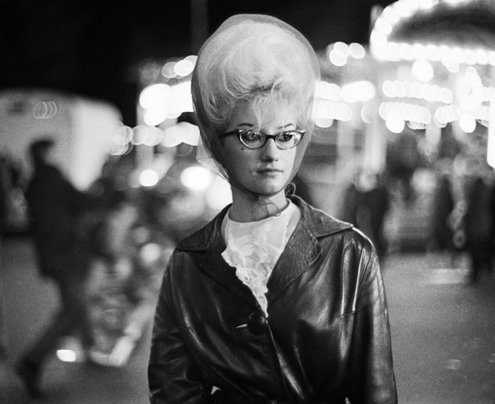
 After the Dutch national football team beat Mexico in an exciting last ten minutes of an elimination match at the World Cup last week, in which the Oranje came back from behind with two goals, a fifteen-year-old Mexican girl called Dizzy Miss DC uploaded a song to YouTube
After the Dutch national football team beat Mexico in an exciting last ten minutes of an elimination match at the World Cup last week, in which the Oranje came back from behind with two goals, a fifteen-year-old Mexican girl called Dizzy Miss DC uploaded a song to YouTube 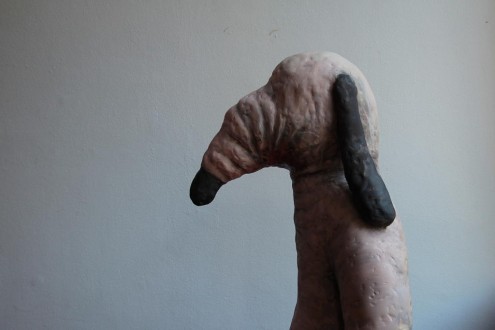
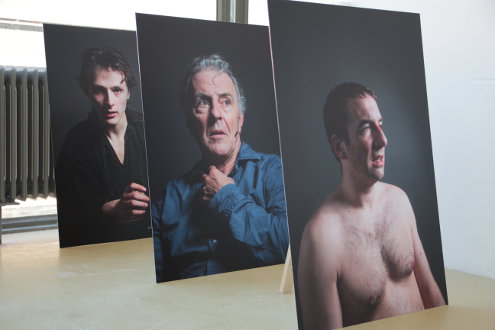
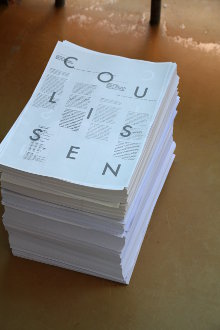 Some of the works, such as the dog above, were displayed without any explanation of what the student was trying to say—probably not necessary with a Disney-like creature anyway—or even the name of the maker. (There were sticky notes carrying the name Tim Maarse near this sculpture, but it wasn’t quire clear if the sticky notes referred to the sculpture or were a work unto themselves).
Some of the works, such as the dog above, were displayed without any explanation of what the student was trying to say—probably not necessary with a Disney-like creature anyway—or even the name of the maker. (There were sticky notes carrying the name Tim Maarse near this sculpture, but it wasn’t quire clear if the sticky notes referred to the sculpture or were a work unto themselves).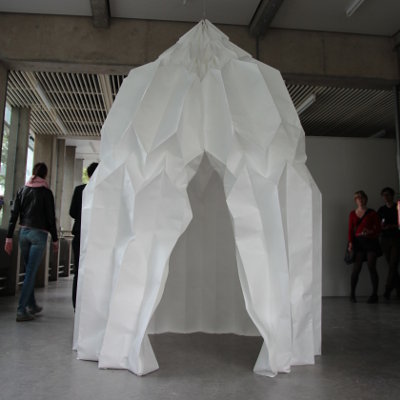
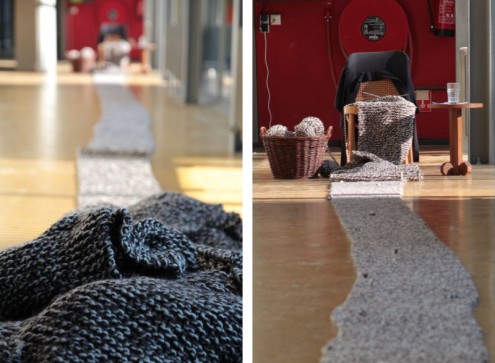

 Earlier this year Facebook was sued by American patent trolls Rembrandt IP, allegedly representing the deceased Jos van der Meer.
Earlier this year Facebook was sued by American patent trolls Rembrandt IP, allegedly representing the deceased Jos van der Meer.  About a month ago we told you about a pension plan for the self-employed.
About a month ago we told you about a pension plan for the self-employed. 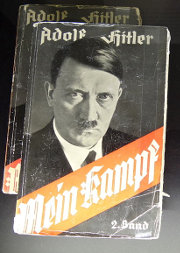 The Totalitarian Art Gallery in Amsterdam lives up to its name and trades in ‘totalitarian memorabilia’.
The Totalitarian Art Gallery in Amsterdam lives up to its name and trades in ‘totalitarian memorabilia’. In a fascinating article by anthropologist Lizzy van Leeuwen in De Groene Amsterdammer last month, she describes how farmers’ association LTO, together with the Dutch government, has set up a system for detecting and dealing with early warning signs of the mistreatment of farm animals.
In a fascinating article by anthropologist Lizzy van Leeuwen in De Groene Amsterdammer last month, she describes how farmers’ association LTO, together with the Dutch government, has set up a system for detecting and dealing with early warning signs of the mistreatment of farm animals.